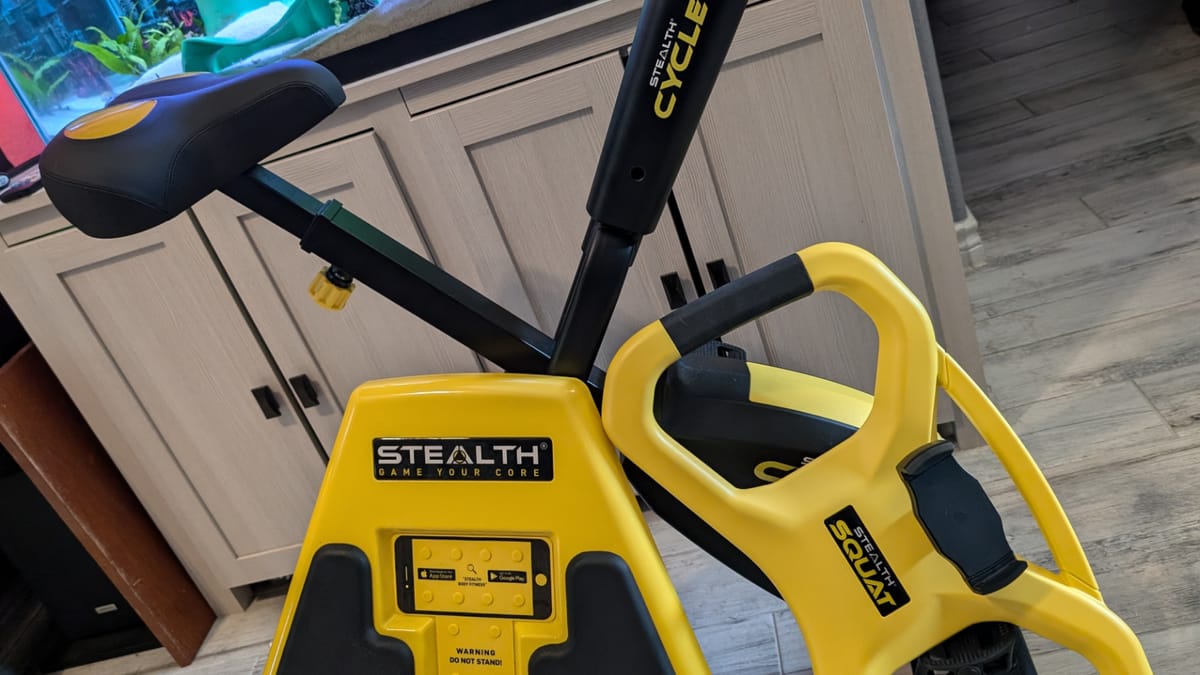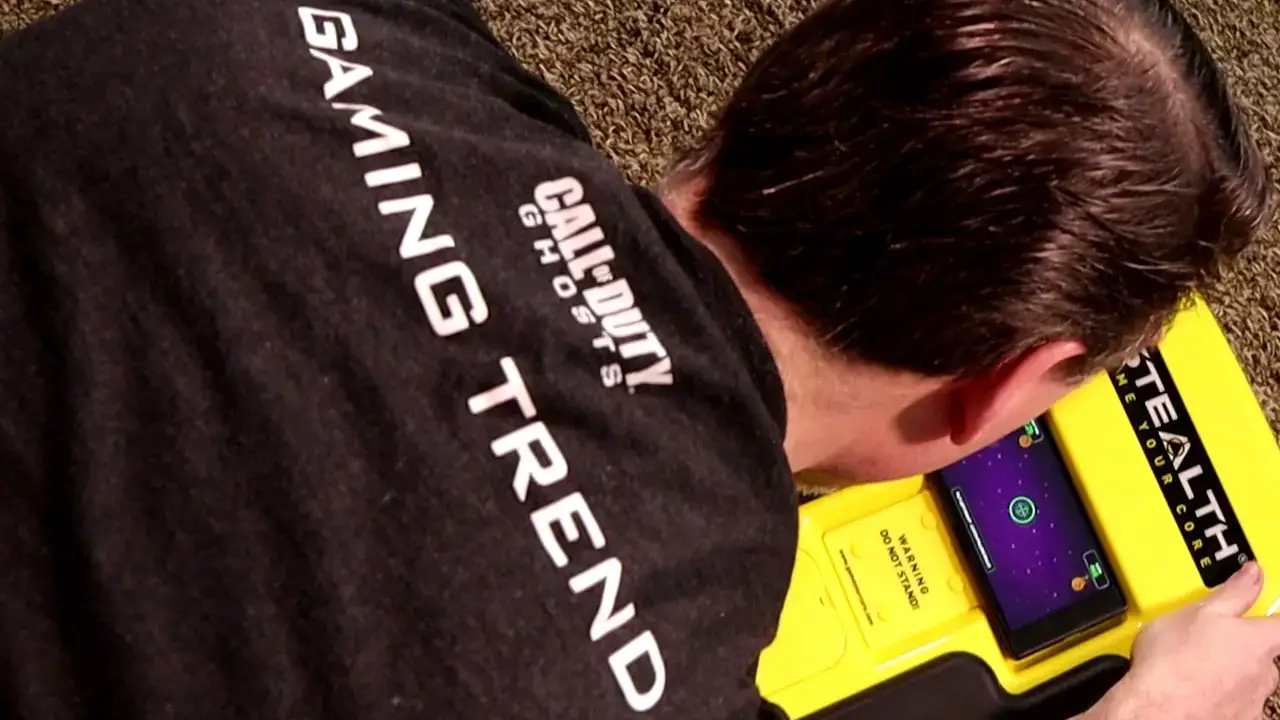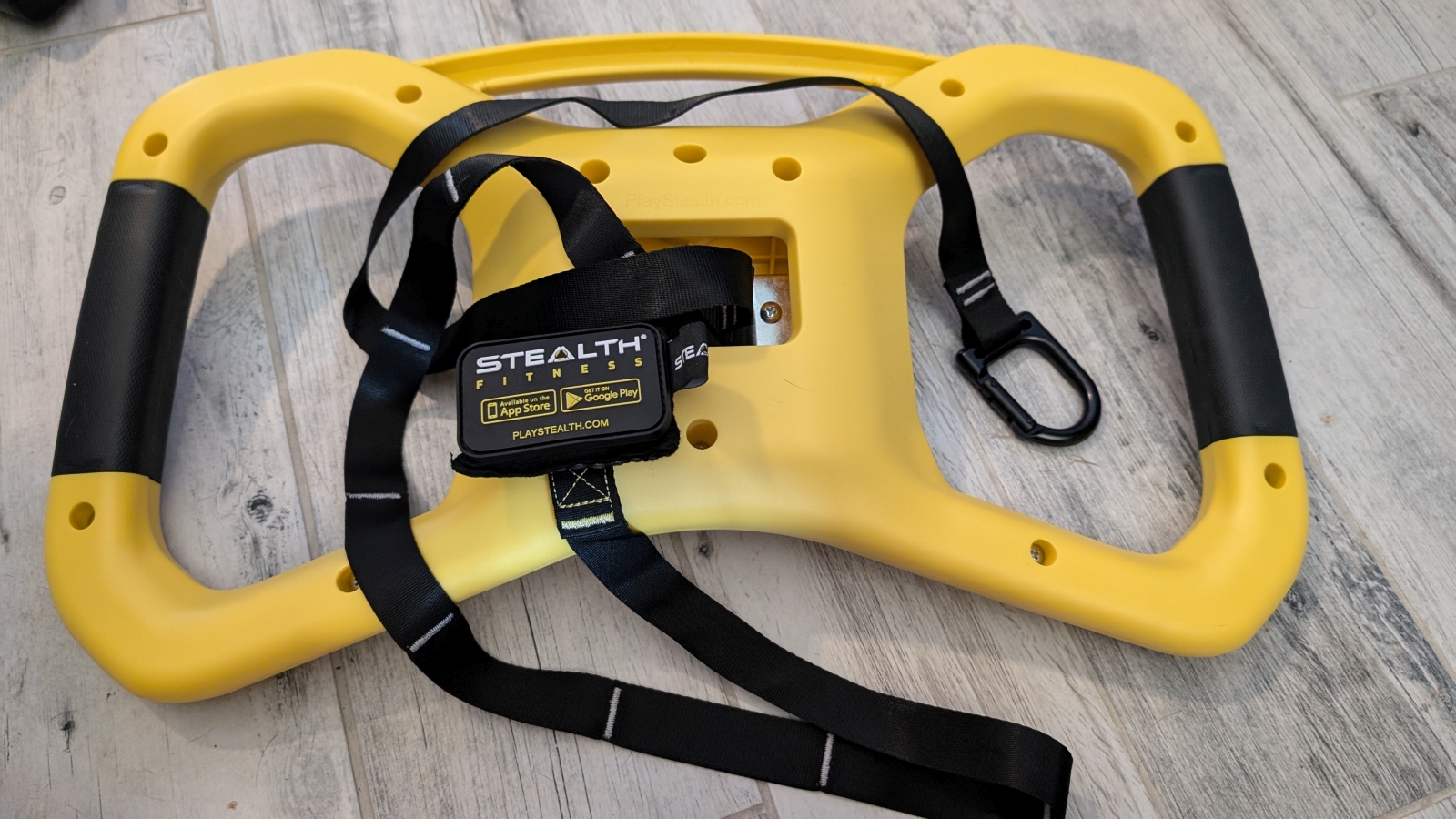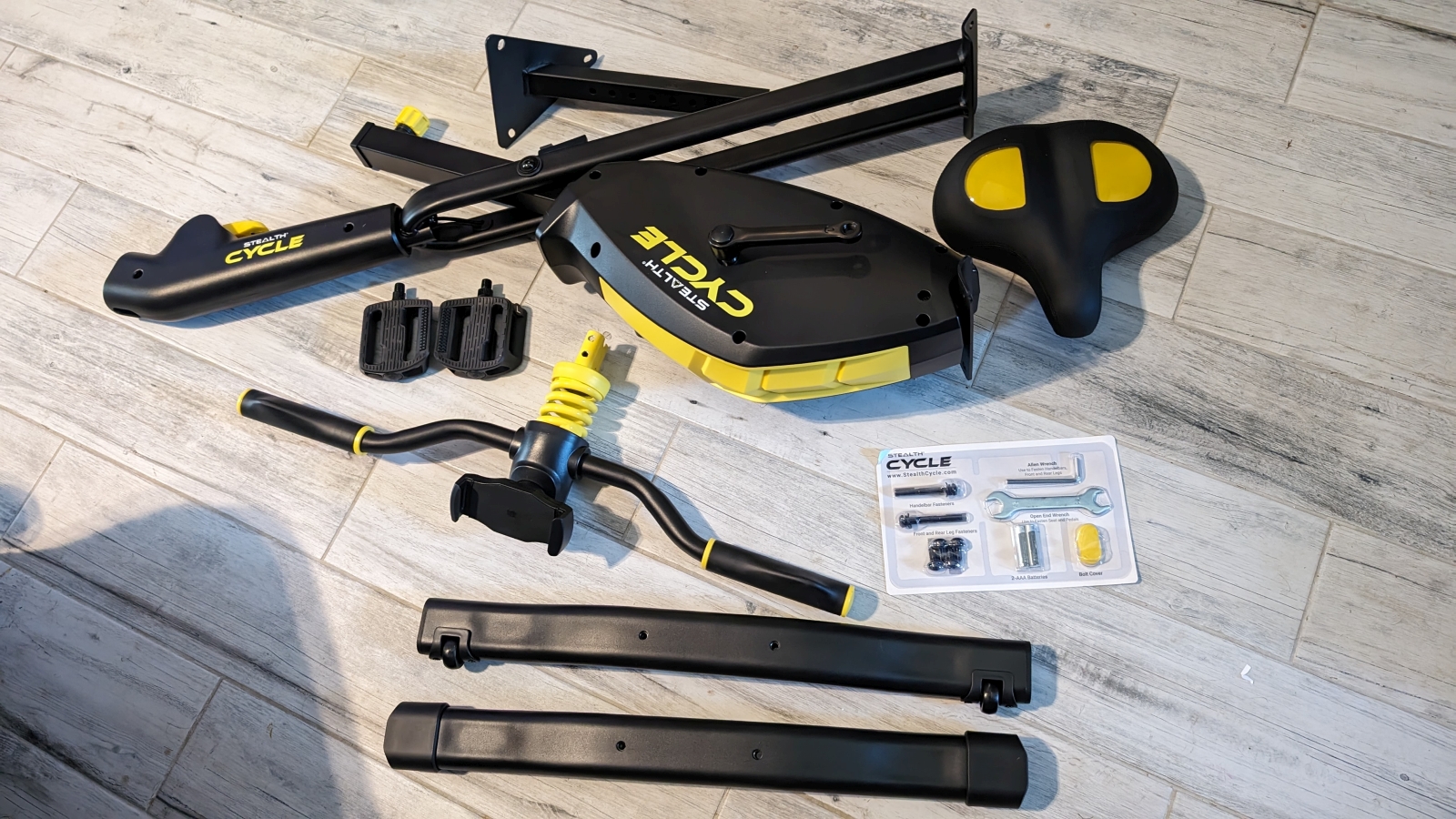
There are people who are completely addicted to working out. They are in the gym at 5 AM, they go at least 4 days a week. They talk about spinning, track every single thing they eat or drink, and quote Lombardi like it’s a requirement. (If I hear “Most people fail, not because of lack of desire, but because of lack of commitment” again I’m gonna scream) These people are the shiny, happy, fit people who can seemingly eat whatever they want, wear whatever they want, and seem to have infinite energy.
I’m not one of those people.
But that doesn’t change the fact that I want to be. (Well, maybe not the 5 AM thing – that’s insane) For those who haven’t heard this story, I was actually in extraordinary shape while I was in the military. I was benching a dumb amount of weight, running constantly, and able to throw aerial kicks in martial arts like a damned ninja. Then I got hit with an explosive and my world imploded. I could no longer do my job in the military, I lost a major chunk of my hearing, picked up nosebleeds and migraines, and a litany of pain issues across every major joint system of my body thanks to the way I ragdolled when I got hit. A combination of depression, inability to work out, and severe pain caused me to sit idle for years, gaining weight (hello 350 pound mark!) and losing functionality. As I entered my 40s, I knew I had to reverse course or I’d be facing something far worse in the future, but I also knew that I couldn’t always make scheduled classes as my pain wasn’t that predictable. I needed something I could do on my terms.

You might recall that I picked up the Stealth Core Deluxe Trainer not too long ago (my review), and I’ve been using that to gamify my core training. The planking is absolutely brutal, but the games are an excellent distraction to keep your mind off the discomfort of building muscle. Now that we’ve navigated COVID, it was time to get back on the horse, but I wanted to really supercharge my workouts. I turned to Stealth once again, knowing that they’d recently launched their Stealth Cycle and Stealth Squat products. It’d add a cardio element to my strength training, and would help rebuild some leg strength that I knew I’d lost thanks to a recent hip repair surgery. I’m a mess – help me out here, Stealth!
The core training review I wrote a bit back needs a small amendment – there are a LOT of games on the platform now, so variety is no longer an issue. Just as before, the work is progressive. You can do timed countdowns or endurance work, so each day you can see the time go up or down, based on what you’ve picked. I try to add 10 to 20 seconds based on how hard the previous day was, and I do the countdown type. I started at 3 minutes and started building again.
Next on my journey, I wanted to get riding on a bike. I’ve used stationary bikes at the gym before, and even ones for under my desk, but the last thing I wanted to do was buy a subscription to Peloton for yet another person to yell at me to work harder. I knew the gamification of my workout was working well, so that’s back to Stealth once again.
Unboxing and assembling the Stealth Cycle is a breeze. The instructions are almost unnecessary as they’ve assembled the complex components already – namely the resistance motor. The rest of assembly is simply putting the handlebars and bottom feet pieces onto the frame and attaching the pedals. It took me no time at all and I was ready to ride.
The bike’s selection of games, much like the Core Trainer was at launch, is a little thin on the ground. Most of them are similar to the ones you see on the Core, asking you to navigate a forest and avoid bears, wakeboard, hit or dodge colored balls, race a motorcycle, and more. There’s also a mode called Dash Trac where you just cycle with indicators for speed, distance, time, and average pace. I call that “TV Watching Mode ” as that’s precisely what I use it for. I set a goal for myself – five miles a day, every day, at 25 miles an hour or better.

One of the things I appreciated immediately about the Stealth Cycle is how fast it is to set up, and how compact it can be. A single pin pull allows the device to unfold to full size, and putting that pin back in shrinks it to an impossibly small size. If you’ve got a tiny bit of spare closet space or a small corner you can tuck this out of sight easily enough. Workout equipment tends to take up an inordinate amount of space, so I was happy to be able to tuck this away so easily when not in use. It’s also lightweight enough where I could move it into position easily enough.
The added bonus, however, is that it is completely silent. No, I’m not saying it’s quiet – I’m saying it doesn’t make ANY noise, at all. Pedal as hard as you’d like, the equipment doesn’t make a single sound at all. This is great for getting a quick workout without disrupting people while they watch a movie or something. The spring on the handlebar is heavy-duty spring steel like you’d expect to see on a shock absorber (and may be precisely that, in fact) and it doesn’t make a sound either, meaning you can really get into the body roll motion of moving your arms while you pedal for a total body workout without making a bunch of racket.

The next device I needed to set up was the Stealth Squat. I pulled it out of the box…and I was done. It’s fully assembled, so there’s nothing to do but put your phone in the holder and get to work. There’s a small anchor in the back that you can drop behind a door frame, or a carabiner clip for going around a pole for support. At the time of writing there are six games available. Speed Racer has you guiding a high-speed shuttle across the water, squatting to start, and then collecting coins and you dodge blocks that’ll stop you dead in your tracks. Wakeboarding and Downhill Dash port directly from the other two modes, and with similar actions, albeit with squats. Skate Chaser has you riding a skateboard, dodging and jumping obstacles. Tough Runner is similar. I saved the best/worst for last – Space Jumper. A simple enough concept, having you leap between little floating pads. If your legs aren’t hurting when you start, they absolutely will be after you are done. There are black holes to avoid, lest you end up doing…yep, squats!

With three workout tools at my disposal, I set to work. The first step of losing weight is measurement, and to that end, I also added two more tools – a Pixel Watch 2, and a digital scale. The Pixel Watch 2 will help me with measuring my heart rate and how long I’m staying in the heart rate zones needed to maximize my workouts. The scale, well…people can lie about their food intake, they can lie about their workouts, and they can lie about how often they go to the gym, but there’s one universal constant that cannot lie – the number on the scale. It’s truthful when you are not, and it’s honest when we exaggerate.
My starting number is 251.2 as of 5/15/24. Good, bad, or otherwise – that’s the number.

The scale never lies — this is my “Before”
If you’ve never done the math, the conventional wisdom has changed recently. It used to be believed that because a pound of fat contains roughly 3,500 calories, you’d simply need to reduce your caloric intake by that same amount in a week to lose a pound of fat. In fact, the body is more complex than this. Your metabolism may affect the time it takes you to lose weight by a fairly dramatic amount. Sometimes faster, sometimes slower, the rule is simple – everyone is different, but more calories burned than taken in will be lost weight.
My routine started off as simple as I described, albeit one per day. One five-mile trek, one round of the core trainer, or one session with the squat trainer. As my endurance increased, I was able to maintain my 5 mile / 25 mph per day cycle commitment. Soon I was able to add in 3 minutes every other day of ab and core work with the Core Trainer. The Stealth Squat is a whole different story.

The Stealth Squat is a rough workout, especially at first. It engages your glutes, hamstrings, quads, lower back, arms, upper back, and just about everything in between. It is a true total body workout, pushing your body hard. What makes it different from just doing regular squats (other than the gamification – we’ll get to that in a moment) is the way the squat board changes your body mechanics. The width of the board ensures your arms stay aligned with your body, not allowing your arms to flare out. Similarly, if you have your squat aligned properly (90 degrees at the knees, spine straight, hips back), the Stealth Squat will work your muscles to their maximum instead of applying pressure on your joints. As a result, you’ll feel every muscle in your entire body get a workout in just a few minutes, and you’ll probably feel it for days after just the first session. Yes, that means it’s working, but it also means you’re gonna have some very rough days in the beginning. As a result, I was hesitant to incorporate it at first.
When I was hurt in the military, I landed on the tip of my foot, whipping my unconscious body into the pavement. It has caused me no end of pain, culminating in a grinding and popping sound that emerged over the last few years. Thankfully, this emerged during physical therapy and a surgeon was able to rectify some extensive internal damage on my left hip. After surgery, I was benched from working out for nearly 6 months of intense physical therapy where I used crutches, followed by a walker, then a cane, and ultimately had to re-learn how to walk. In short, squats were out of the question for quite a while. Recovered, I had to start slowly and at a measured pace.

The first step in using the Stealth Squat correctly is tethering the device to a door. Hidden in the rear compartment of the device is a strap with a small bracket. Using any standard door, you place this over the top of the open door, and then shut it to create a stable platform that won’t move when your entire body weight is pulling in the opposite direction. Of note, the Stealth Squat has a max weight recommendation of 300 pounds, so keep that in mind before you get to work.
Once you’ve got the strap in place, you’re set. There’s no more setup besides placing your phone into the holder and firing up the Stealth app. At the time of writing, there are six games available for use with the Stealth Squat, though if the other two devices are any indicator, there will be more on the way.

Skate Chaser is used in the vertical orientation – something made easy by rotating the holder into the correct position. The goal, as is the case in many other games, is to collect a number of gems for points. As you pass various gates, the color of the desired gem changes, and when you’ve collected the incorrect one, you’ll be “rewarded” with having to do a few squats to restart your run. So it goes for pretty much all of the games, asking you to squat, pedal, jump, and twist your way to exhaustion or time, as you set it.
A lot of the work offered in the Stealth gear is based on tried and true workout gear. For example, dodging obstacles with the Stealth Squat is very similar to doing a plate twist with a bumper plate, and with the same oblique-burning effect. Leaning back with your weight and staying in the proper position not only earns you points, but also a whole lot of burn across the entire posterior chain.
Downhill Dash is slalom skiing, and it’s another one that will punish your obliques. Like Tough Runner, you’ll be doing a lot of plate twist actions to move through the various gates to earn points. This one moves pretty fast, so you’ll need to be on top of your game to keep up. There are text prompts on the screen to keep you paying attention, and you’ll have to squat under gates with bars, or it’s three squats to get back on track. Similarly, you’ll have to squat jump to leap over some obstacles. This one is a BIG workout, so you’ll probably want to build up to this one.

I’m working out watching My 600 Pound Life. Calliope is helping in the foreground.
Wakeboarding is very similar to Downhill Dash, albeit on the water. Plenty of ramps, dodging dolphins and dinghies, floaties, and the occasional shark will keep you moving. When you hit any of them you’ll get a few squats or twists to put you back on the path. Picking up inflatables will net you more points, and buoys will stop you dead in your track for, you guessed it, more squats!
Frankly, all three devices have a specific set of muscles and chains that they work as hard as you see fit. The bike has a small lever that raises resistance to ensure you are always getting the right level of workout (progressive overload, to be specific – adding resistance over time). The Stealth Squat is kinesthetic, relying on body weight and positioning to push your body, so the amount of lean and squat depth will determine how hard you work. The plank…well, it’s planking, and that’s either on your knees or full out, so just go slow and build.
I’ve been working with these three Stealth devices for just over a month and a half now. This is the first of undoubtedly a far longer journey, but there’s only one arbiter of truth here – the scale. It never lies. I’m happy to report that it now reads 243.8 – a full 7.4 pounds down. And that’s it – no magic, no change to my diet, no meds, and no other adjustments. This is a direct result of my own work on the Stealth Trainer equipment, and I can’t be happier for it.

The scale never lies — this is my “After”
If the question is “Does the Stealth family of workout gear work?” then the answer is “Absolutely, as long as you put in the work”. At the end of a very productive month, I intend to do exactly that. I want to hit 220, and that’s closer than I’ve been since I left the military. That’s easily worth the sweat equity I’m paying.
